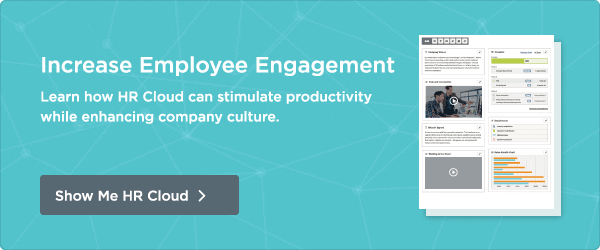Trying to find the right candidate for your open role can be tough. In 2012, companies used social media recruitment strategies or more than 80% of all job openings. This statistic is very telling—social media recruiting is a must. However, the candidate pool is shallow and everyone is competing for the same talent. Recruiters are sifting through the same LinkedIn profiles and candidates get multiple emails each day, asking if they or someone they know is interested in a new position.
If you’re only using these tactics, it’s simply not strategic. You’re probably not getting anywhere, and if you are, you will likely pay more in salary because that great candidate, well, they’ve got 3 other offers.
The Way We Need to Be
Job descriptions are written and the recruiters are ready to start sourcing and networking. You want the best talent out there. But what’s your strategy? Okay, yes, you’re using LinkedIn and Twitter. That’s a great start. However, it’s only the tip of the iceberg.
Broaden the Reach of Your Social Brand.
Your recruiting team and social networks are the face of your company. Instead of having just one generic Twitter account, try giving each job recruiter their own handle to post, tweet, and interact with potential candidates. Social media is about engagement. If you’re going to do it right, you need more than one employee managing all accounts. The more your company engages with the outside world, the more visible and relevant you become. In order to increase engagement with your followers, consider launching a Twitter campaign during the summer months that’s run by your interns. They can tell the story of what it’s like to work at your organization and stretch your brand into the college classroom.
Back Your Recruiting Strategy with the Right Technology.
Don’t start recruiting without the right technology to back your strategy. For example, if you post a job on Twitter, be sure the link is accessible from a smart phone or tablet. It’s too much work otherwise. Consider a mobile app as well; make it easy to download and apply to job postings at any time. I spoke to my colleague, Chris Fields, an HR consultant and expert resume writer, and he had this to say about social media recruiting:
I see a lot of job descriptions. I also visit a lot of company career pages. It's amazing to me that companies demand top talent and the best workers available yet many of them fail in the social recruiting process. They fail because they do not have an easily accessible application experience and don’t have their websites or job ads compatible for mobile technology. Also, don't launch a social recruiting strategy if your company is not truly ready for socially savvy (connected) job seekers; it won't fit.
Create and post good content.
Remember, you’re hoping to attract the best talent—talent that’s pretty well connected, engaged and aware. If you’re unable to post relevant content, news, and information on a regular basis to your Twitter, LinkedIn, or Facebook accounts, it’s time to hire a full-time employee—dedicated to managing your social media accounts. This is key to engaging potential candidates and keeping their attention. You’re only as relevant as your last post or tweet. So keep it fresh and consistent. Participate in Twitter chats and LinkedIn groups to cross-reference your brand with other topics, which will help to increase your content share and your brand visibility.
Does your organization use social to find new hires? What does your social media strategy look like? Let us know in the comments.
Keep Reading
HR Tech Trends: Streamlining Workforce Management in the Digital Age
Modern HR professionals face more expectations today than ever — they should find top
Upskilling and Reskilling: Preparing the Workforce for a Tariff-Impacted Economy
Recent shifts in global trade policies have led to a new wave of tariffs impacting

